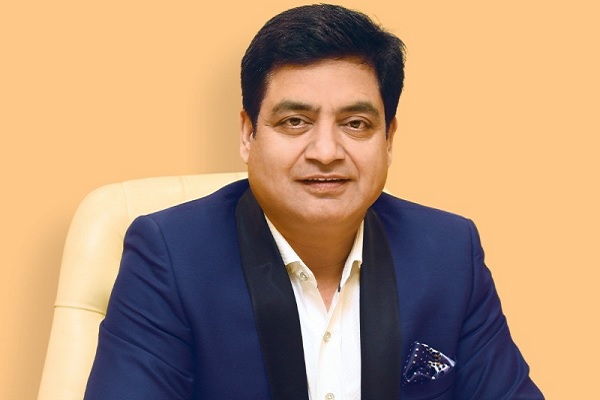Slow Living in a Fast World: How to Cultivate a Calmer Daily Routine

In today’s world, life moves at lightning speed. We rush through mornings, race through workdays, multitask endlessly, and collapse into bed only to repeat the cycle all over again. The constant pressure to do more, achieve more, and stay connected at all times has created a culture of busyness that often leaves us feeling overwhelmed, anxious, and disconnected from ourselves.
Amid this chaos, a gentle yet powerful lifestyle movement has emerged: slow living.
More than a trend, slow living is a philosophy that encourages mindfulness, intentional choices, and a more meaningful way of experiencing everyday life. It invites us to step back from the noise and reconnect with what truly matters.
1. What Is Slow Living?
Slow living does not mean doing everything slowly or living without ambition. Instead, it means being present, purposeful, and mindful about how you spend your time.
It encourages:
Simplifying daily routines
Prioritizing quality over quantity
Choosing experiences that nourish your well-being
Creating space for rest and joy
Letting go of unnecessary stress and rushed habits
It’s about living at the pace of your own life, not the pace the world demands.
2. The Need for Slow Living in a Hyperconnected Era
Technology has connected the world, but it has also created constant pressure: instant replies, endless notifications, and unrealistic productivity expectations. This overstimulation affects mental clarity, emotional stability, and physical health.
Slow living provides balance. It allows you to rediscover:
Peace in stillness
Joy in small moments
Gratitude for the present
Freedom from comparison
Time for yourself
It helps you break the cycle of burnout and create a healthier lifestyle.
3. How Slow Living Benefits Your Mind and Body
Reduced Stress & Anxiety
Slowing down calms the nervous system, reduces cortisol levels, and improves emotional resilience.
Better Focus & Productivity
When you do fewer things with more intention, your mind becomes clearer, sharper, and more efficient.
Improved Relationships
Being present leads to deeper conversations, meaningful connections, and more patience.
Increased Creativity
A calmer mind can think freely, imagine boldly, and innovate naturally.
Greater Life Satisfaction
Slow living brings alignment between your values and your lifestyle, creating a sense of fulfillment.
4. Practical Ways to Cultivate a Calmer Daily Routine
Start Your Day Slowly
Avoid rushing. Instead of grabbing your phone immediately, begin with gentle habits:
Deep breathing
Stretching
Tea or warm water
Quiet reflection
This sets a peaceful tone for the day.
Limit Digital Distractions
Turn off non-essential notifications, schedule screen breaks, and avoid multitasking.
Focus on one task at a time.
Declutter Your Space
A clean, organized environment reduces stress.
Keep only what you need or love.
Practice Mindfulness
Ground yourself with practices like:
Meditation
Journaling
Gratitude writing
Slow breathing
These bring mental clarity.
Eat Mindfully
Savor your meals.
Notice flavors, textures, and sensations.
Avoid eating while distracted.
Embrace Slower Activities
Include calming hobbies in your day:
Gardening
Painting
Walking
Cooking
Reading
They help your mind unwind.
End the Day with Intention
Create a relaxing nighttime routine:
Dim lights
Light stretches
Warm shower
No screens before bed
Your sleep quality will improve dramatically.
5. Letting Go of the Pressure to “Do It All”
Slow living also means letting go of unrealistic expectations and social pressure.
You don’t need to be perfect.
You don’t need to keep up with others.
You don’t need to fill every minute with productivity.
Instead, choose what aligns with your values and brings genuine joy.
Conclusion
Slow living is a gentle reminder that life is not a race. It invites us to pause, breathe, and reconnect with the beauty around us. By simplifying routines, moving with intention, and embracing mindful choices, we can cultivate a calmer, richer, and more fulfilling daily life.
In a fast world, slow living becomes a powerful act of self-care.
























